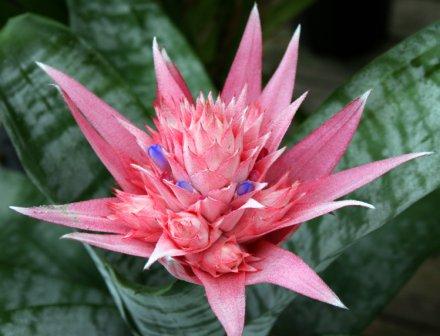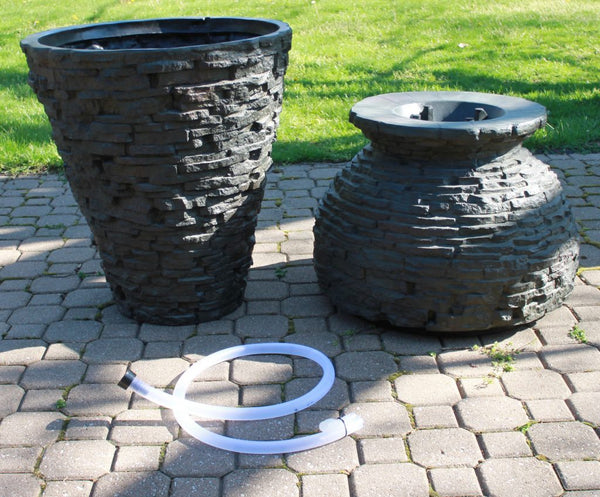
A terrarium is essentially a garden in an enclosed glass container that provides adequate humidity preferred by tender tropical plants. It can also be used to start new plants or freshly cut un-rooted plants. While many of you have probably seen a prepackaged terrarium kit that provides all the materials needed to make your own “garden under glass”, you can assembly your own with some items you may already have around your home.
Container
Almost any clear glass container with a lid can be used for your terrarium. Cloudy or colored glass is not recommended because it filters out too much light, while non-lidded containers wouldn’t provide the humidity and moisture needed. If the container doesn’t have a lid, clear plastic wrap and a rubber band or cellophane tape will work.
Keep the scale of the relative to the container size. For example, small evergreens or deciduous tree seedlings can be grown in larger containers such as aquariums, while smaller plants could be grown in a fish bowl, goblet, etc.
Soil and Drainage
The ideal soil mixture is one part of each: sand, peat moss and loam. Ordinary garden soils are considered too heavy for plants to grow well in this environment. One teaspoon of 5-10-5 fertilizer should be added to a six-inch potful of soil mixture.
Drainage should be employed using a layer of moss. For larger containers, a layer of sand or gravel is recommended before adding the moss.
Planting and Care
- Cover the bottom of the container with 1-3 inches of gravel or sand.
- Place a fine layer of sheet moss over the drainage material.
- Place the soil mixture over the moss. Just enough soil is needed to hold the plants in place. Roots do not need to be completely covered as the humidity will keep the roots from drying out.
- After planting, wet the soil with a fine mist. Water only until it seeps through the moss layer. Do not allow water to stand in the bottom of the terrarium. If this happens, remove the cover for several hours a day until the excess water evaporates.
- Water only when the soil surface becomes dry and add only enough water to moisten the soil. The condensation from the terrarium will drip back down onto the plant helping to keep it moist.
- Place your completed terrarium in a well lit location, out of direct sunlight.
- Pinch back plants that become overcrowded or too tall.
- An annual re-design will be needed. At this time, replace mosses and reuse plants if possible or employ new for a fresh look.
Plants
Below is a list of recommended plants that will adapt well in a terrarium environment. Keep in mind that because of the moist environment, un-rooted cuttings can be used, as they will eventually form roots.
Source: Purdue University Cooperative Extension



